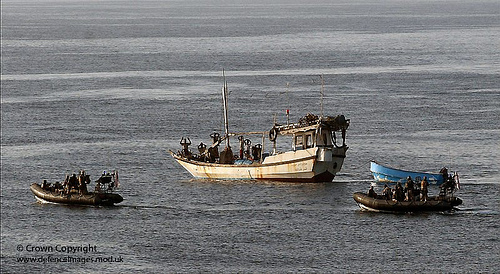
Since the defeat of the Tamil Tigers in 2009, China has not only emerged as the main strategic actor in Sri Lanka, it has also replicated a familiar set of development and partnership strategies in the process. For instance, in 2012 Chinese companies completed the construction of a deep water port at Hambantola at an estimated cost of $450 million. More recently, the Sri Lankan Port authority announced a Chinese-backed $1.4 billion deal for the reclamation of 568 acres of land and construction of a new port near Colombo. Accordingly, China’s growing involvement in the Sri Lankan maritime sector is starting to bear all the hallmarks of its development of the Pakistani port of Qwadar. Currently managed by China Overseas Port Holdings, the port stands at the east entrance of the Straits of Hormuz and is set to be linked by road, rail and pipeline infrastructure to the resource-rich Chinese province of Xinjiang.
Like the Qwadar-Xinjiang Development Corridor project, China also views its growing interests in Sri Lanka as a geopolitical game changer. Chinese strategists have long feared that adversaries could close the Straits of Malacca in the event of conflict, thereby starving China of energy supplies and other strategic imports. In this respect, maritime facilities located on the island potentially allow Beijing to exert greater influence over the Straits. Yet, this has not gone unnoticed by South Asia’s traditional maritime and regional power India, which is also worried about the growing military partnership between China and Sri Lanka.

